The James Webb Space Telescope has measured the expansion rate of the Universe, and the results are not good news for the biggest crisis in cosmology.
The finding is in agreement with measurements made by the Hubble Space Telescope. This means that there is no error in the Hubble data and that we are still in a dead end.
The disagreement between different methods of measurement, known as the Hubble tension, is still ongoing - so we will have to rely on another way to understand how fast our Universe is expanding.
The Universe around us may appear to be unchanging, but everything we see is actually moving away at an enormous speed known as the Hubble Constant, or H0. Exactly how fast H0 is is unclear - because different ways of measuring it give different results.
One way is to look at remnants of the early Universe, such as residual light in the cosmic microwave background or acoustic waves frozen in time.
Another way is to measure distances to objects with known intrinsic luminosities, such as Type Ia supernovae or Cepheid variable stars, whose light fluctuates with a regularity related to their intrinsic luminosity.
The first method tends to yield an expansion rate of about 67 kilometres per second per megaparsec. The second is around 73 kilometres per second per megaparsec. The discrepancy between the two is known as the Hubble tension.
The fact that these measurements have been made repeatedly significantly reduces the probability of error for each of the estimates. Still, the possibility remains that there is something misleading in at least some of the data - especially since some of the best data we have on Cepheid variables comes from a single source, the Hubble Space Telescope.
"[Cepheid variables] are the gold standard tool for measuring the distances of galaxies a hundred million or more light-years away, and are a crucial step in determining the Hubble constant. Unfortunately, stars in galaxies are clumped together in an area smaller than our distant viewpoint, and so we lack the resolution to separate them from their line-of-sight neighbours," said Adam Riess, an astrophysicist at the Space Telescope Science Institute (STScI) and Johns Hopkins University.
"One of the main reasons for building the Hubble Space Telescope was to solve this problem. Hubble has better visible wavelength resolution than any ground-based telescope because it sits above the blurring effects of Earth's atmosphere. As a result, it can detect individual Cepheid variables in galaxies more than a hundred million light-years away and measure the time interval over which they change brightness."
To cut through the dust that obscures light closer to optical light, these observations have to be made in the near infrared, a part of the electromagnetic spectrum where Hubble is not particularly powerful. This means that there is some uncertainty about the data obtained.
On the other hand, JWST is a powerful infrared telescope and the data it collects are not subject to the same limitations.
To calibrate the telescope to the brightness of Cepheid variables, Riess and his team first pointed JWST at a galaxy of known distance. They then observed Cepheids in other galaxies. In total, JWST collected 320 Cepheid observations, significantly reducing the noise in the Hubble observations.
Even with the Hubble data being so noisy, the data for determining distances were still in agreement with JWST's observations. This means that we cannot rule out H0 calculations based on the Hubble data; 73 kilometres per second per megaparsec is currently valid, and human error - at least in this case - cannot explain the Hubble stretch.
We still don't know what causes the tension. One leading candidate is dark energy - a mysterious, unidentified but apparently fundamental force that exerts negative pressure that accelerates the expansion of the Universe. With the new JWST measurements, we may be a little closer to an answer.
"The Webb measurements, which confirm Hubble's measurements, provide the strongest evidence yet that systematic errors in Hubble's Cepheid photometry do not play a significant role in the current Hubble tension," says Riess.
"As a result, more interesting possibilities remain on the table and the mystery of the strain deepens."
Source: https://www.sciencealert.com/


 Nielawore
Nielawore
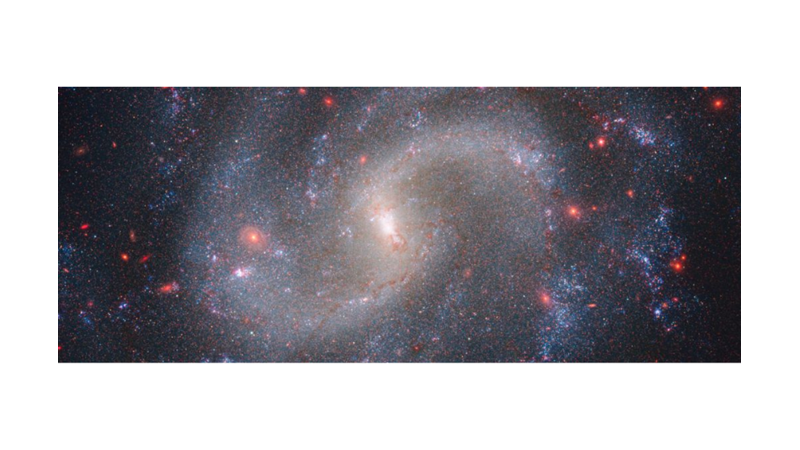
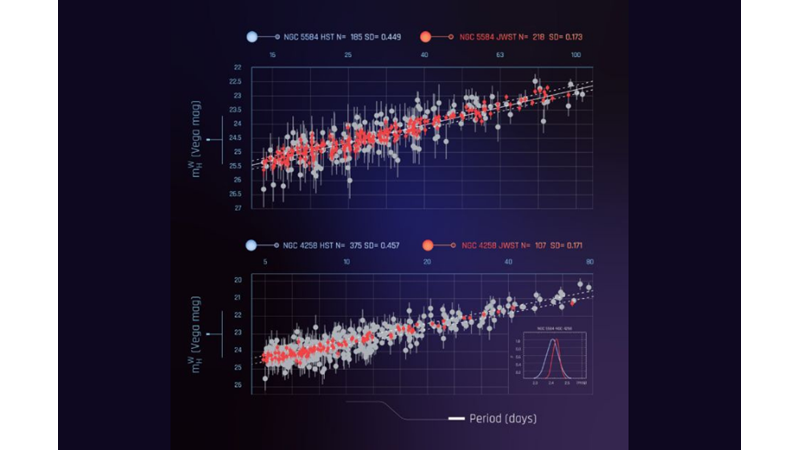
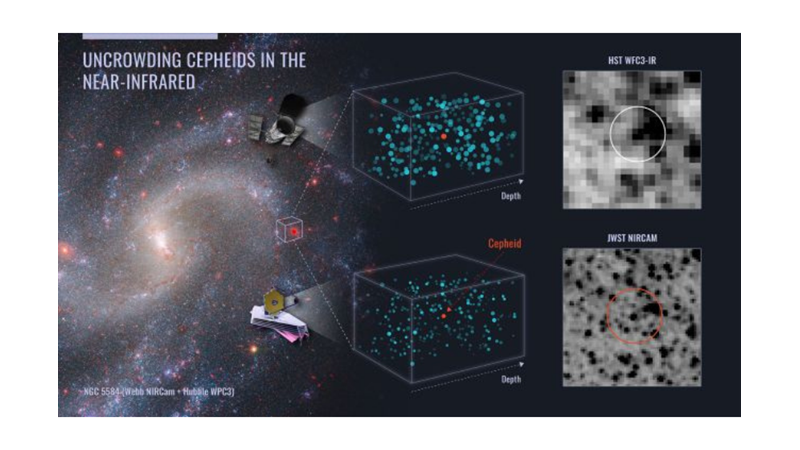

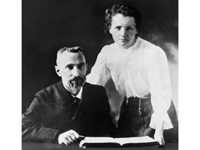
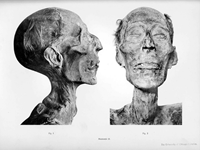





Yorum yazmak için lütfen giriş yapınız